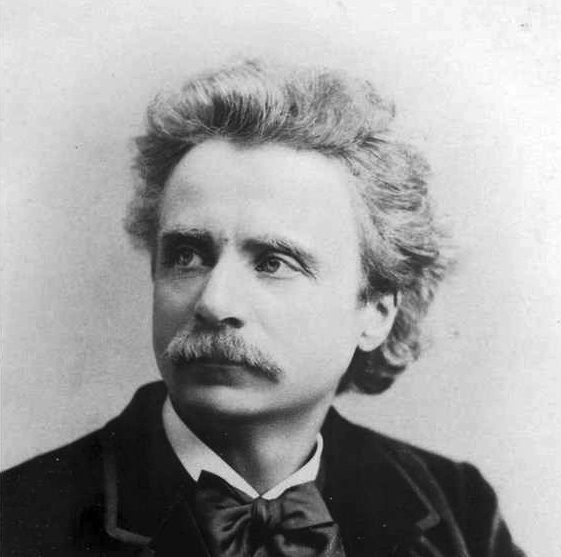The first part of this document is an Introduction with Grieg’s short biography and historical background of the time. In the second part I am analyzing the 12 Lyric Pieces that I feel are the most representative. In this part I give source about these creations, analyze pianistic features, and present musical examples. I have chosen Arietta, Lullaby, Elegy to demonstrate a melancholic kind of folk melody. Nocturne, Scherzo, To Spring are typical pieces interpreting folk music in a romantic genre. Summer’s Evening and In Ballad Style are representing Grieg’s late period. And, finally, Wedding Day at Troldhaugen is a big virtuosic concert piece which describes a local event (the wedding). Here Grieg imitates folk instruments and local dances. It is an extensive (5-6 min.) piece with many different technical challenges for the performer.
Despite its seeming simplicity, Lyric Pieces are very difficult to interpret. Successful performance of these pieces requires very scrupulous working with texture, skilled pedaling and timing. Lyric Pieces’ reputation categorizes it as music for high school level students or amateurs. This characterization may negatively affect pianists who approach the Lyric Pieces. I want to help pianists by bringing the depth of their understanding of Lyric Pieces on a par with other masterpieces of the Romantic repertoire. This research should help performers to work on specific musical issues in these pieces and understand the ideas hidden in the texture, while maintaining a successful performance as a goal.



Comments are closed.